Simulation is an essential tool in HVAC (Heating, Ventilation, and Air Conditioning) design. It not only helps optimize technical performance but also reduces costs, improves comfort, and ensures compliance with technical and legal standards.
1. Optimize Energy Efficiency
- Cooling/Heating Load Calculation: Estimate actual energy needs.
- Proper Equipment Selection: Avoid over- or under-sizing.
- Design Comparison: Choose the most energy-efficient option (chiller, VRF, centralized vs. decentralized…).
2. Ensure Thermal Comfort
- Simulate temperature, humidity, and airflow according to standards (ASHRAE 55, ISO 7730...) to ensure occupant comfort.
3. Airflow Analysis (CFD)
- Evaluate airflow distribution, dead zones, and turbulence.
- Avoid stagnation, stuffiness, or drafts.
- Ensure effective ventilation in cleanrooms, basements, hospitals...
4. Natural Ventilation Simulation
- Assess airflow through windows and openings to support or replace mechanical ventilation.
- Reduce operating costs.
5. Standards & Legal Compliance
- Meet green building certifications (LEED, LOTUS, Green Mark...) and local codes (QCVN, TCVN).
- Support design approvals and certification processes.
6. Minimize Capital & Operating Costs
- Avoid over-investment in oversized equipment.
- Reduce post-construction adjustments.
7. Special Scenario Simulations
- Smoke control during fire events.

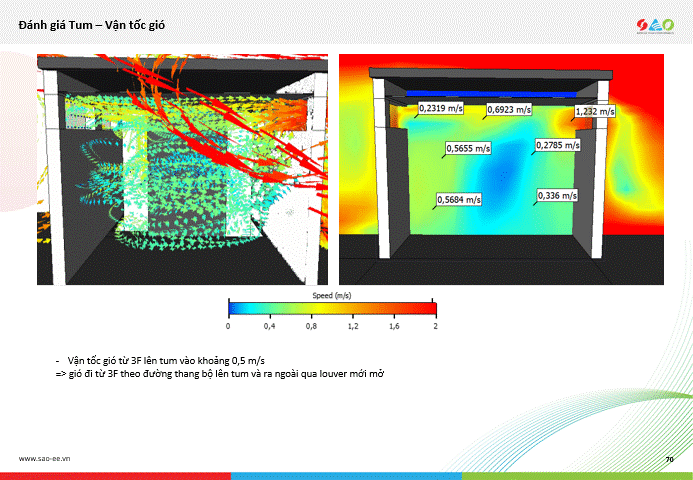
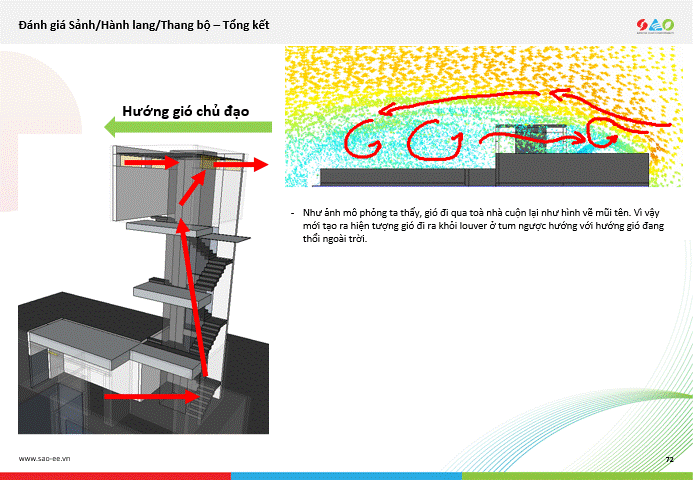
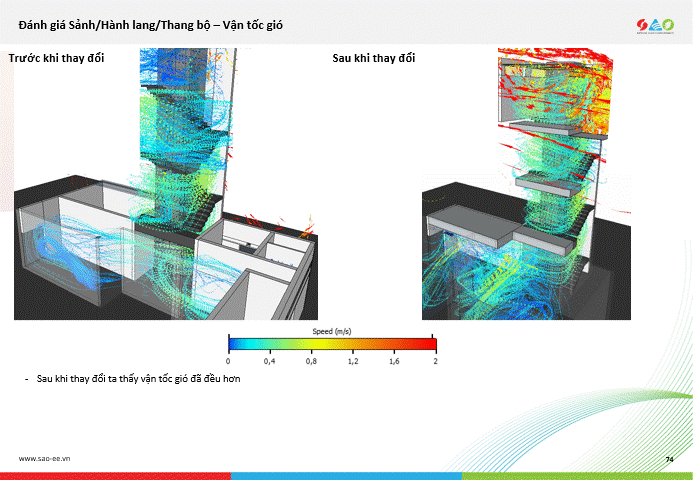



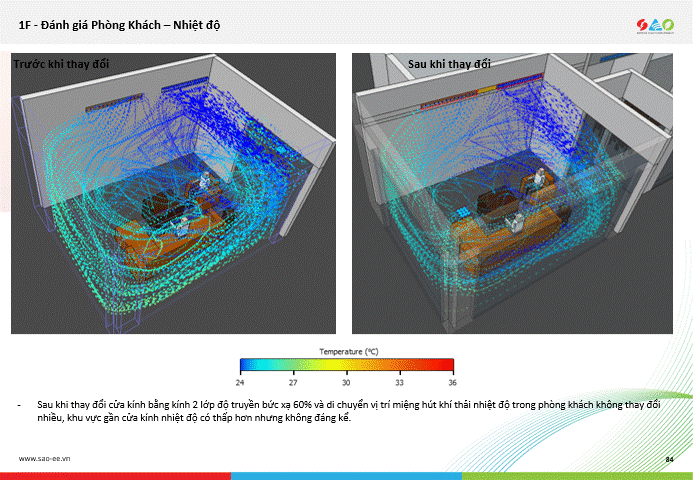

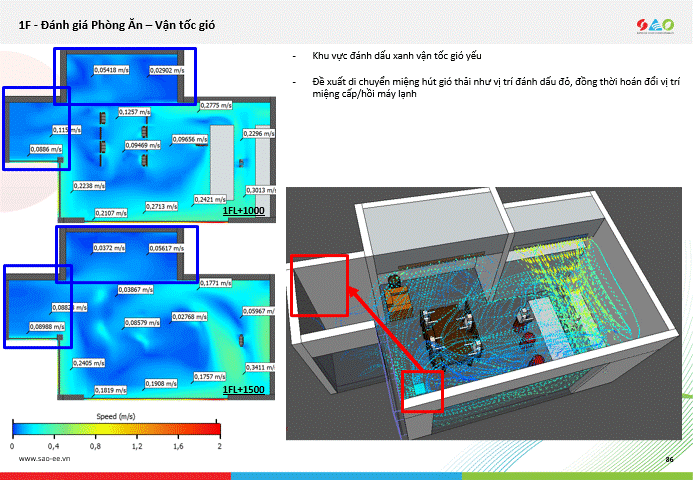
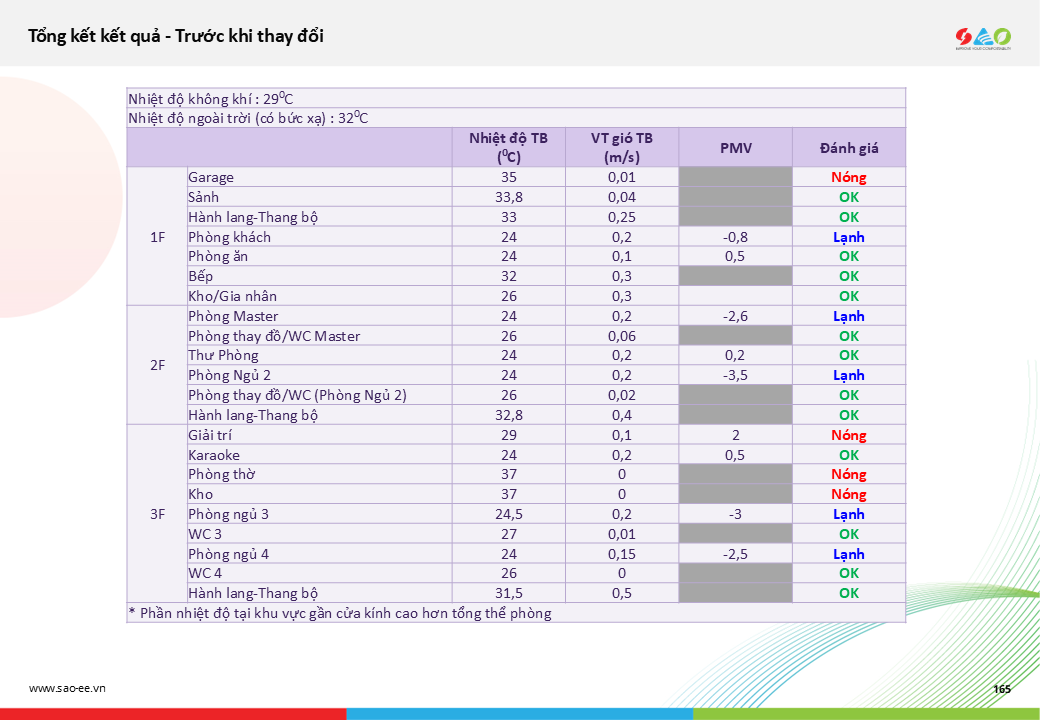




Conclusion
HVAC simulation is a critical step in modern building design—enhancing efficiency, saving energy, and improving safety and comfort. It is especially important in green, high-tech, or technically demanding projects.
Tags
Related news

10 Innovative Ways to Use IAQ Data for Healthy Buildings
Closing the Gap Between Data and Action For forward-thinking organizations, improving Indoor Air Quality (IAQ) is a strategic priority. IAQ...
View detail
Designing the Mindful Home: From Matter to Energy
A mindful home is not merely a place to live — it is a conscious space, where every line, material,...
View detail
Body – Mind – Qi: The Foundation of Healing Architecture
The home is not only a shelter for the body but also a space that nurtures the soul and life...
View detail





